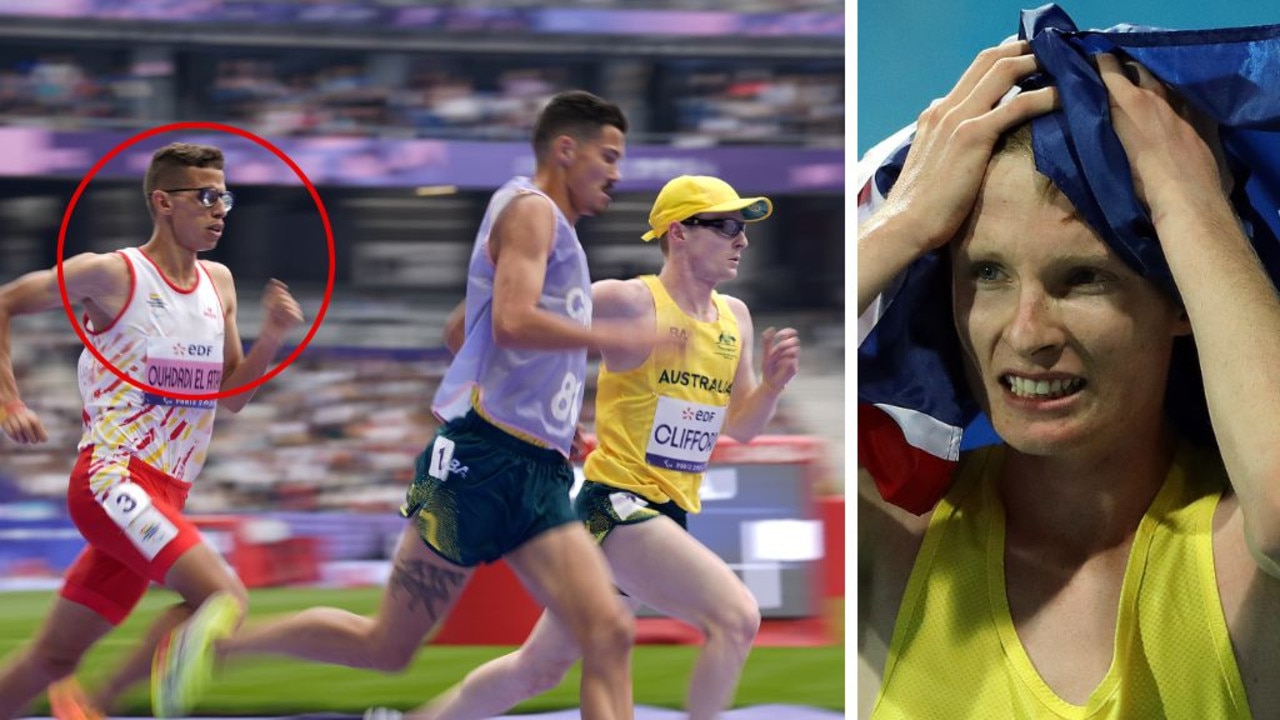Tokyo Paralympics: Quirky, interesting facts and how to become a sideline expert
What’s a tapper? How does someone without arms play table tennis? Why do some athletes wear metal aprons? All the answers here plus more quirky facts ahead of Tokyo Paralympics.
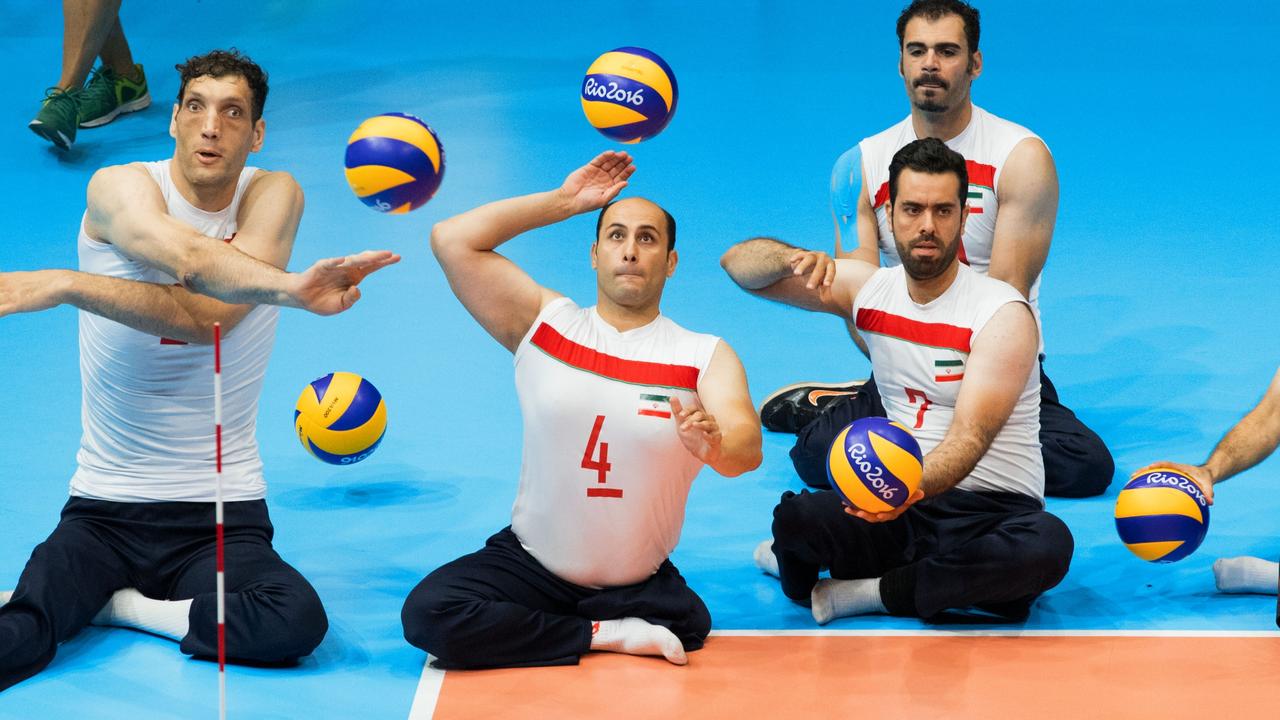
What’s a tapper? How does someone without arms play table tennis? Why do some athletes wear metal aprons?
There are plenty of fascinating facts and things that will surprise about the Paralympics Games.
We take a look at some of the most interesting and quirky things so you can be a couch expert when the Games begin on Tuesday.
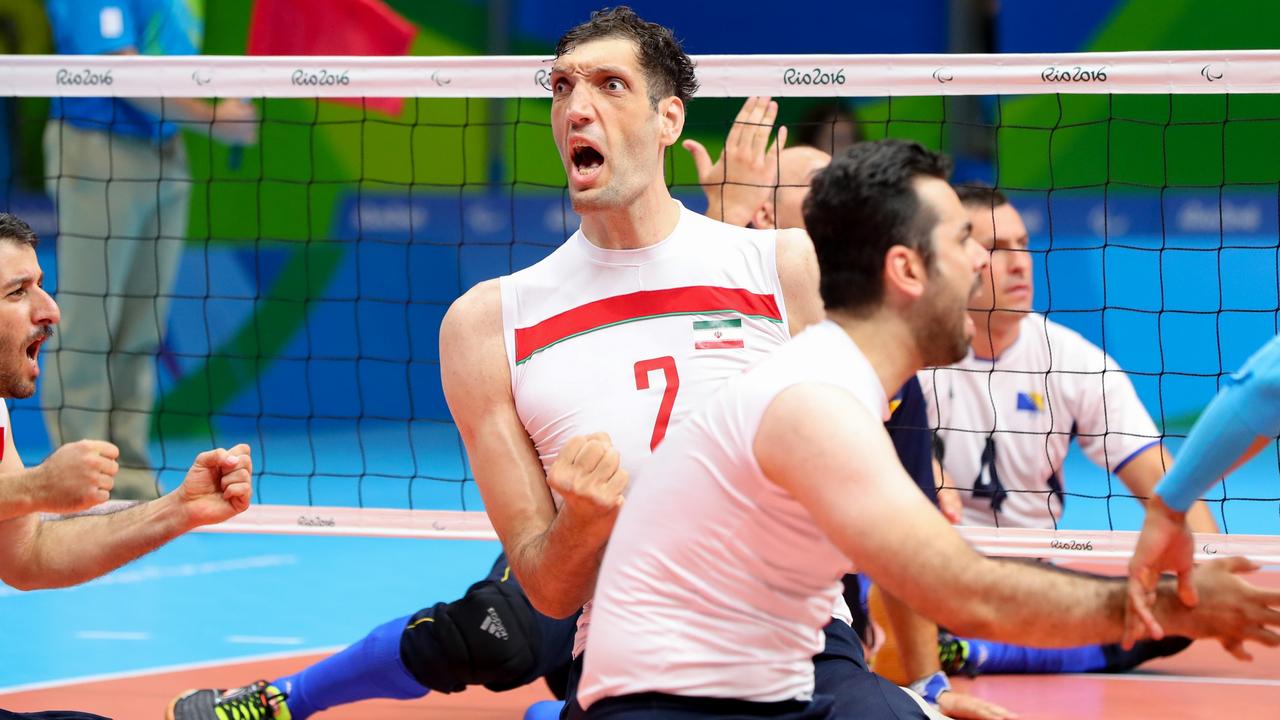
HEIGHT MATTERS
The tallest Paralympian on record is sitting volleyballer Morteza Mehrzad.
He is 2.46m and he’s actually the second tallest man in the world.
He also won gold at the Rio Paralympics with his Iran teammates.
SHOOTING FOR GOLD
To be a Paralympic shooter you definitely need to be eagle eyed. Their bullseye is only 0.05 cm wide, approximately the same size as a full stop on a printed piece of paper.
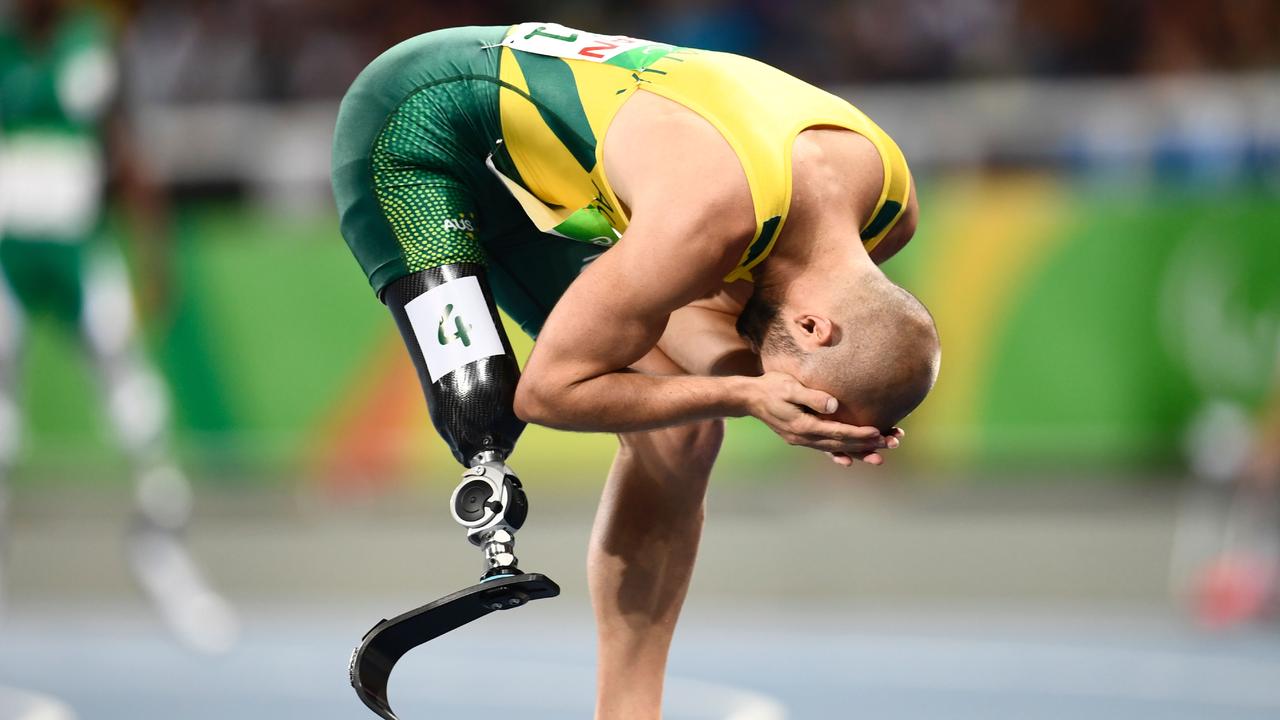
ONE-STOP REPAIR SHOP
There is a technical repair centre at the Games for the repair and maintenance of prosthetics, wheelchairs and other relevant equipment. It includes 100 specialists from around the world.
SPECIAL SPORTS
All sports at the Paralympics have an Olympic counterpart except for two. Boccia and goal ball.
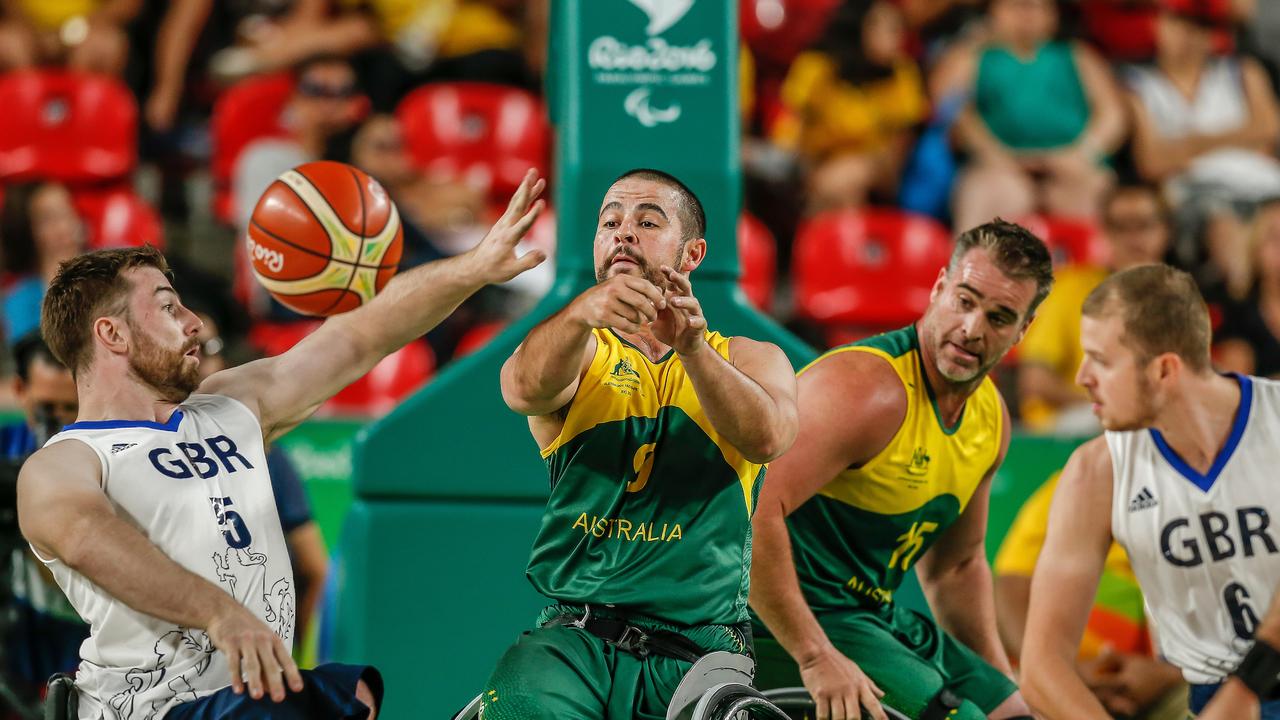
ON THE OFFENCE - WITH THE RIGHT CHAIR
You might not have known this but wheelchair rugby actually has two different types of chairs – one for offensive and the other for defensive players.
The difference is that defensive wheelchairs have a long bumper at the front for using to stop the oppositions movement.
COACHING FROM THE RIGHT POSITION
In football five-a-side, you may wonder what the coaches are doing behind the attack and goal. They are actually there to direct forward players.
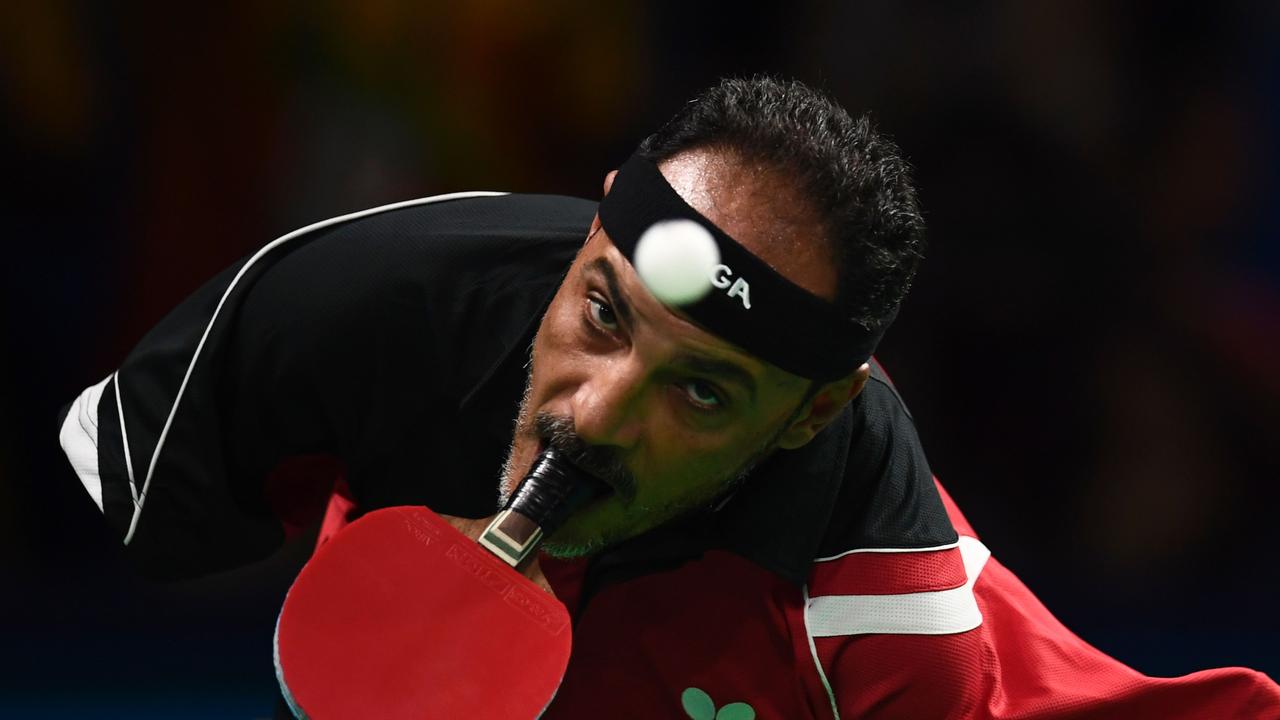
TABLE TENNIS GUN
At the Rio Paralympics in 2016, Egypt fielded and armless player who held the paddle in his mouth to compete.
VERY IMPORTANT APRON
One of the most important pieces of equipment for a wheelchair fencer at the Paralympics is a metal apron which covers the lower half of their body to make sure it’s two of target areas are not registered.

FINISH LINE RULES
This one is interesting. In wheelchair racing athletes aren’t considered to have finished the race until the centre of their front wheel crosses the finish line.
OLYMPIC STAR BECOMES PARALYMPIC CHAMP
One athlete has won a medal at both the Olympics and the Paralympics. Hungarian Pal Szekeres won a bronze medal at the Seoul Olympics in 1988. He was then injured in a bus accident in 1991 and went on to take fencing gold in his wheelchair at the Barcelona Olympics in 1992.

WHAT ARE TAPPERS?
If you are wondering why there are people leaning over the edge of the pool in some swimming races it’s because they are tappers. These assistants tap the head of swimmers who are visually impaired, to let them know when to make a turn.
WHY THESE ATHLETES COVER THEIR EYES
In goal ball every member of the team must wear an eye covering as players have different levels of vision. This means it is a fair playing field for all.
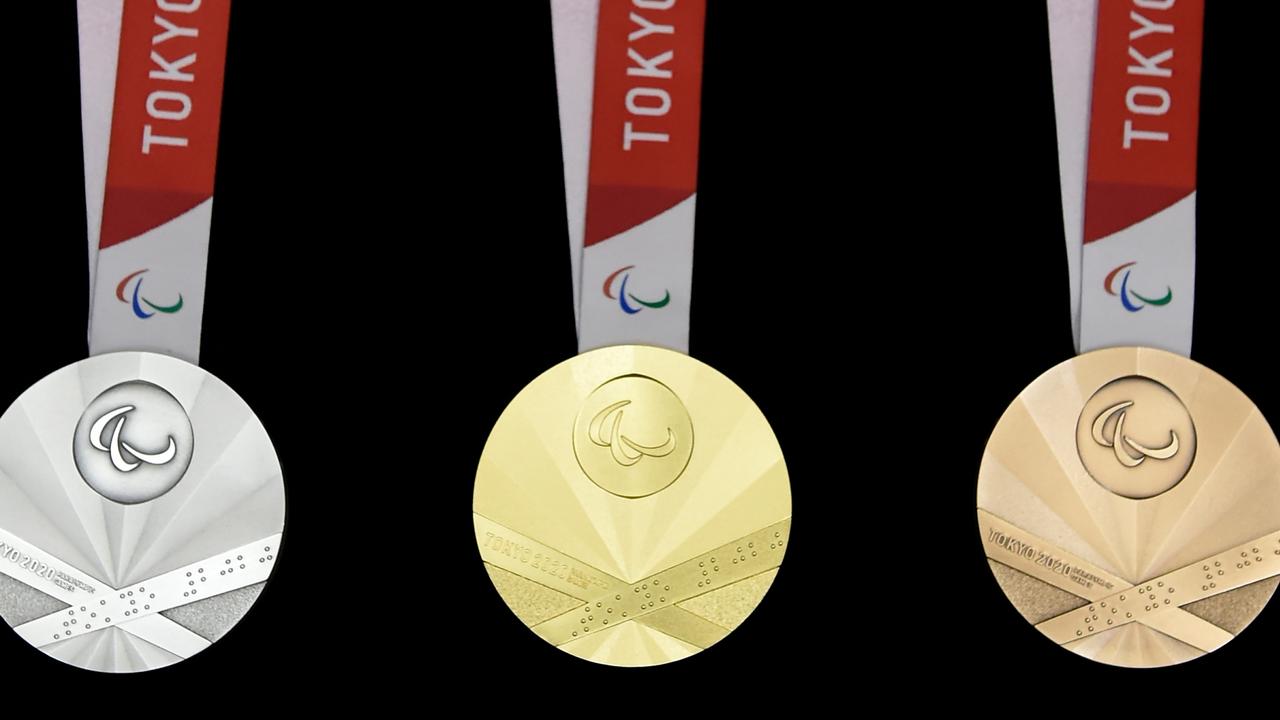
MEDAL COLOURS
So how does a visually impaired athlete know they have received the right colour metal?
Organisers have insured medals are recognisable by touch, with a series of indentations included on the side of the middle for the first time. One indent Teishan is a gold medal, two silver and three a bronze. Brielle also spells out Tokyo 2020.
EXTRA HEIGHT
Wheelchair basketball players are actually allowed to tilt the chair is to gain a much-needed height advantage for shots, rebounds and blocks.
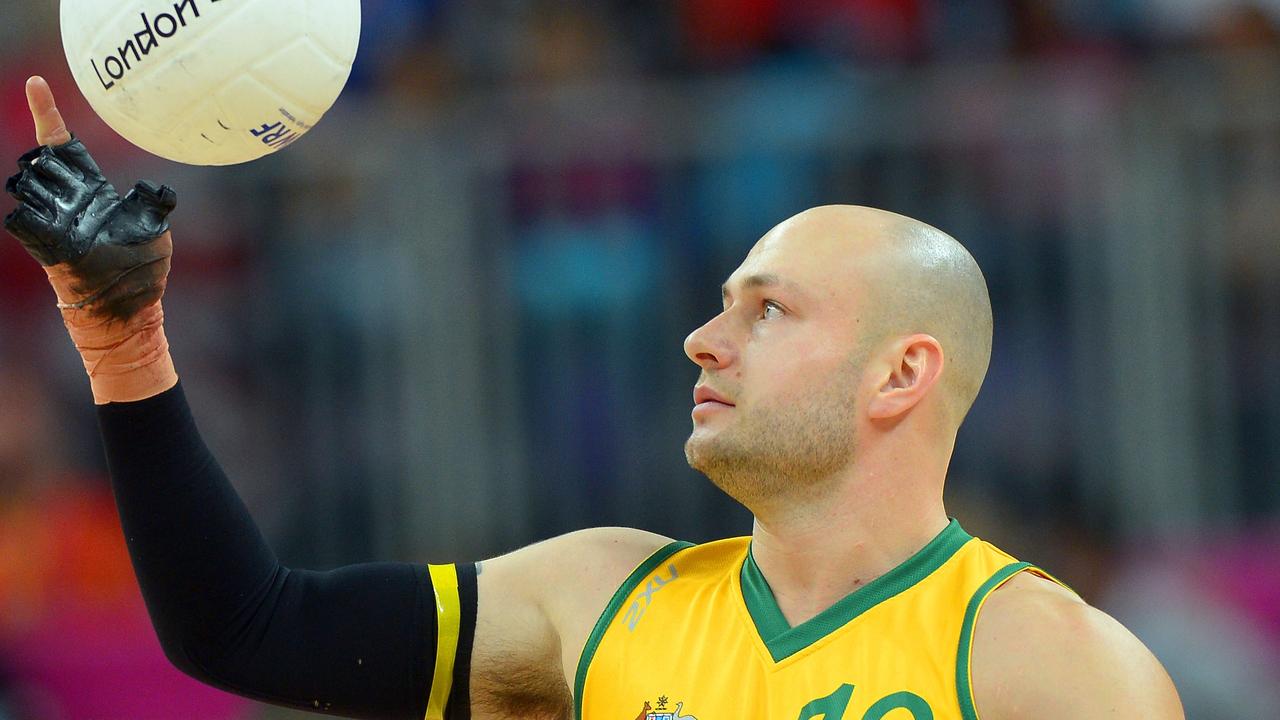
EQUIPMENT SURPRISE
Wheelchair rugby isn’t actually played with a rugby ball. Players instead use a size 5 volleyball with a modified surface which helps them grip it.
GUN TEAM
One of the most dominant teams in any sport at the Paralympics is Brazil in football five-a-side. Brazil have been undefeated since the sports debut at the Athens Games back in 2004.
TV GUIDE
The Rio 2016 Paralympics smashed TV viewing records with a 4.1 billion cumulative audience. Many more are expected to tune in for Tokyo.
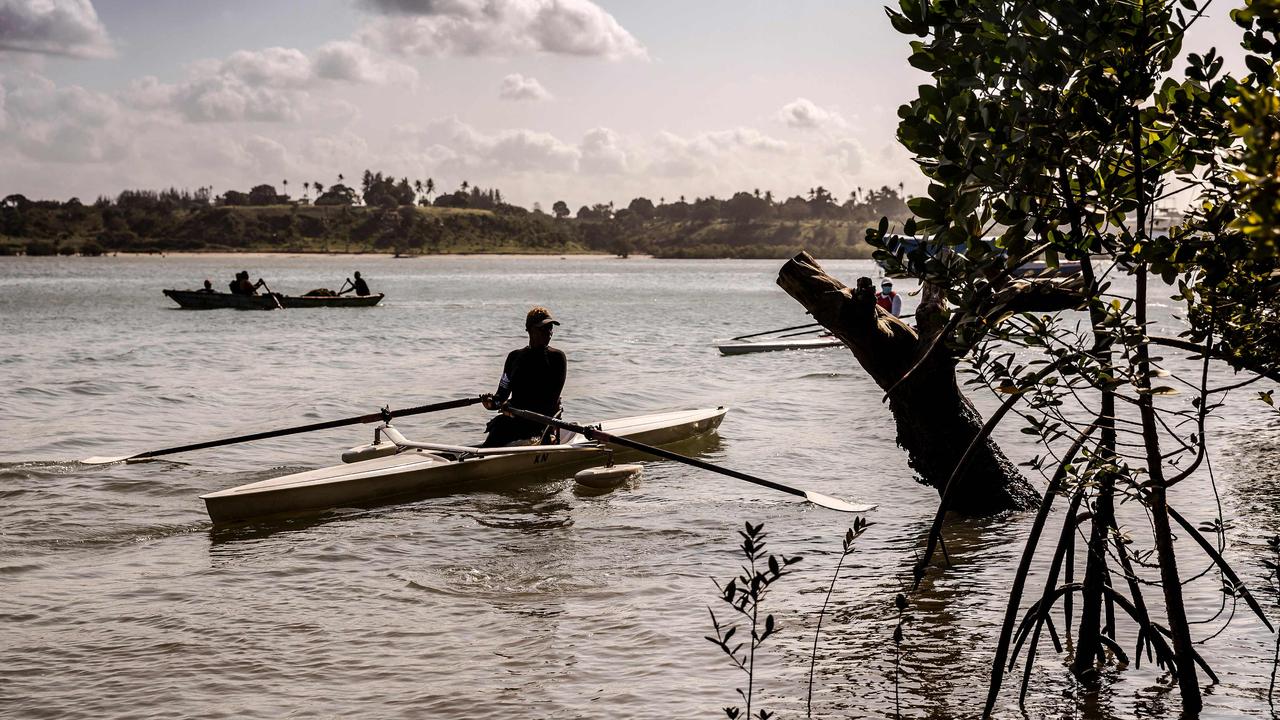
GOING THE EXTRA DISTANCE
Rowing has decided to make it harder for athletes. It has doubled the 1000m race to 2000m for Tokyo.
SPORT SUPERSTARS
More Coverage
US swimmer Trischa Zorn, who competed until 2004, is the most decorated Paralympian with 55 medals which includes 32 goal.
Swedish shooter Jonas Jacobsson is the most decorated male Paralympian with 27 medals, including 17 gold. He retired after Rio at 51.
Read more from AMANDA LULHAMHERE
Originally published as Tokyo Paralympics: Quirky, interesting facts and how to become a sideline expert




